TYPE DESIGN INFORMATION PAGE last updated on Fri Dec 13 00:49:22 EST 2024
FONT RECOGNITION VIA FONT MOOSE
|
|
|
|
Type designer and punchcutter, b. Edinburgh, Scotland, 1827, d. Philadelphia, 1905. Born Alexander Thompson MacKaye, he apprenticed with a bookbinding tools manufacturer, and went to London in 1850, where he worked for punch-cutting expert John Skirving. He cut typefaces for English typefounders such as Henry Caslon, Vincent Figgins, and the Stephenson Blake company. After that, he joined L. Johnson&Co. in Philadelphia in 1854, where he changed his surname from MacKaye to Kay. He stayed with L. Johnson&Co (later Binny&Ronaldson, then MacKellar, Smith&Jordan) for 40 years, until he lost much of his sight to cataract. His most famous typefaces are Binny Old Style and Ronaldson Old Style (1884, MacKellar, Smith&Jordan). Ronaldson Old Style, which is characterized by beaks on the top serifs, is generally considered to be the first typeface designed in North America. Berry, Johnson and Jaspert write: Ronaldson Old Style (Monotype, 1903) is an old face practically identical with Old Style. Originally cut in 1884 by the American founders, MacKellar, Smiths & Jordan, and no doubt named after one of the original founders of their house, James Ronaldson. It is easily distinguished by the beak-like serifs on the capitals and lower case and by the squared-up shoulders of m and n. The type can be converted to Old Style No. 1 by changing a few characters. In the italic the serifs are more normal and the design becomes very like Old Style italic. The Monotype Corporation's version has short ascenders and descenders and capitals not rising above the ascenders. Mac McGrew: Ronaldson Old Style was designed and cut by MS&J in 1884, and subsequently copied by various other foundries. It was notable for the exaggerated serifs on a number of letters, and the name is now associated with these peculiarities, which were also applied to various other typefaces in the nineteenth century. Monotype cut a reasonably good copy of the foundry face, although modified to fit mechanical requirements, while Linotype cut a set of conversion characters which could be substituted for the regular characters of Old Style No.7. A similar set of conversion characters was cut for Linotype and Intertype Old Style No.1 (q.v.), which is a somewhat lighter face. Keystone called its version Keystone Old Style. Other versions of Ronaldson did not last long into the twentieth century. Digital revivals of Ronaldson Old Style:
Digital revivals of Binny Old Style include Monotype's as Binny Old Style MT. |
EXTERNAL LINKS |
| | |
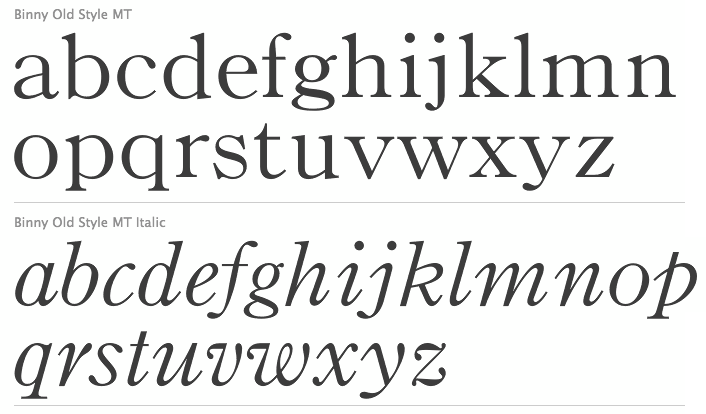
file name: Monotyope Binny Old Style M T after Alexander Kay 1884
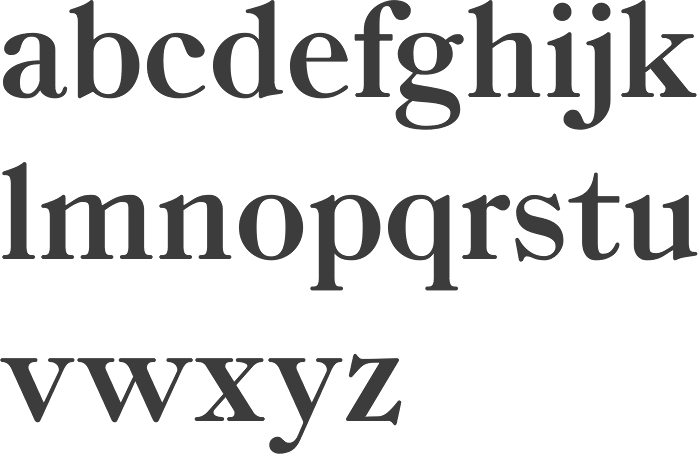
file name: Lars Tornqvist Fitzronald 2013 after Alexander Kay Ronaldson Old Style 1884
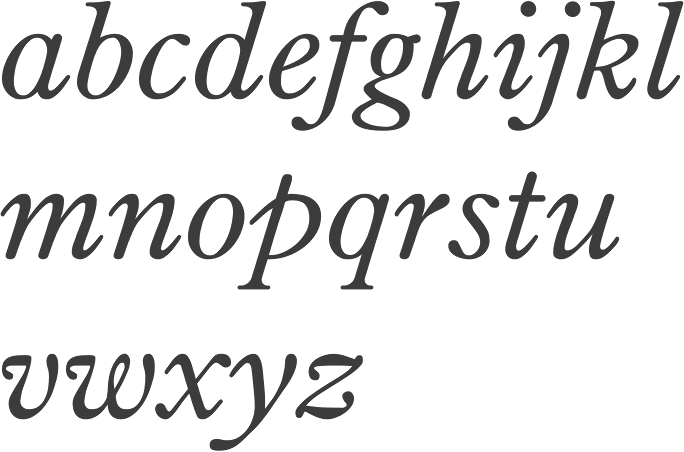
file name: Lars Tornqvist Fitzronald 2013 after Alexander Kay Ronaldson Old Style 1884b
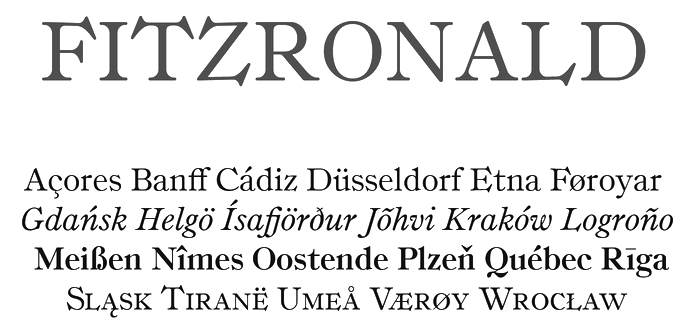
file name: Lars Tornqvist Fitzronald 2013 after Alexander Kay Ronaldson Old Style 1884c
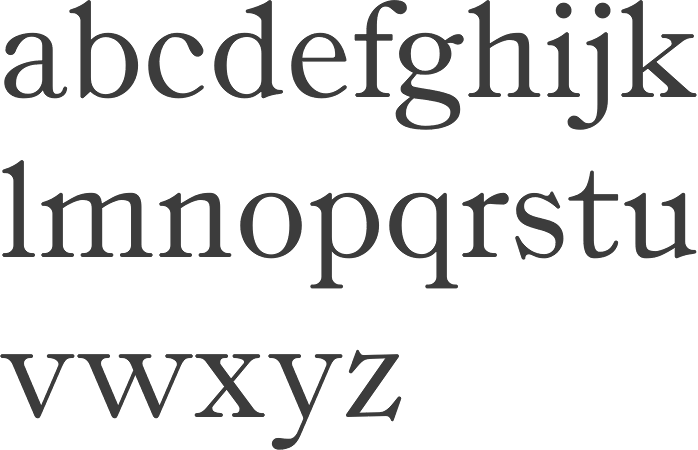
file name: Lars Tornqvist Fitzronald 2013 after Alexander Kay Ronaldson Old Style 1884d

file name: Lars Tornqvist Fitzronald 2013 after Alexander Kay Ronaldson Old Style 1884e

file name: Rebecca Alaccari Patrick Griffin Ronaldson Regular 2008 after Alexander Kay Ronaldson Old Style 1884
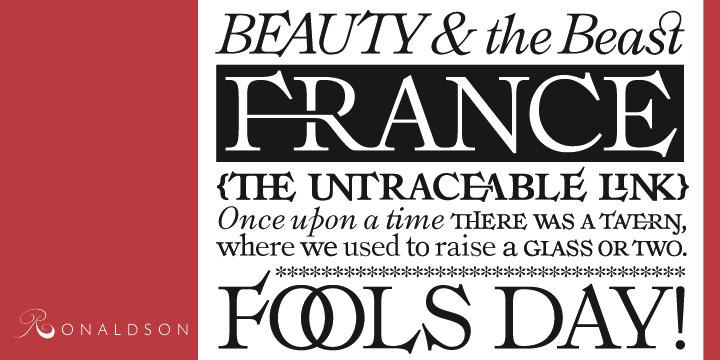
file name: Rebecca Alaccari Patrick Griffin Ronaldson Regular 2008 after Alexander Kay Ronaldson Old Style 1884b
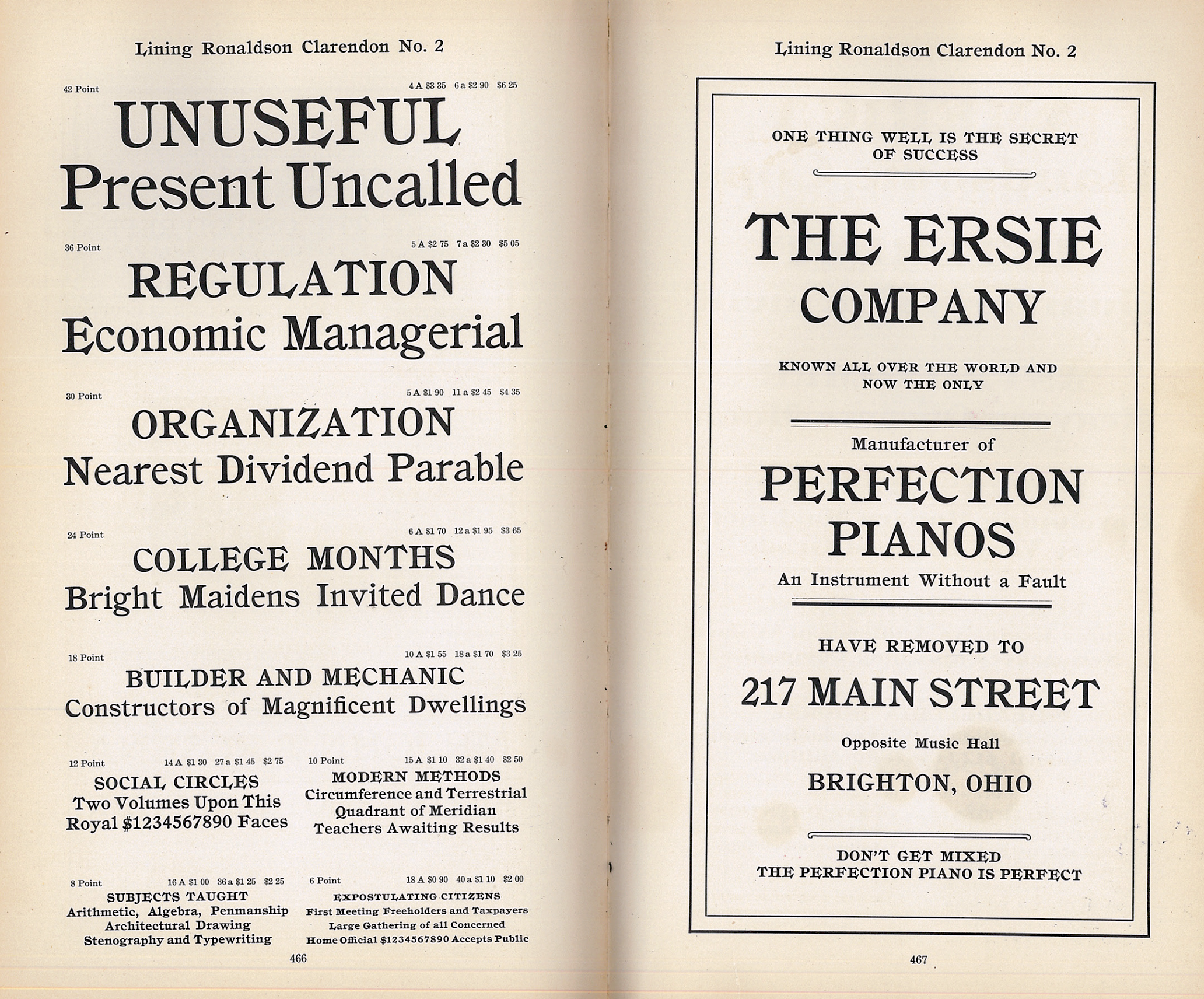
file name: Alexander Kay Lining Ronaldson Clarendon No2 1885
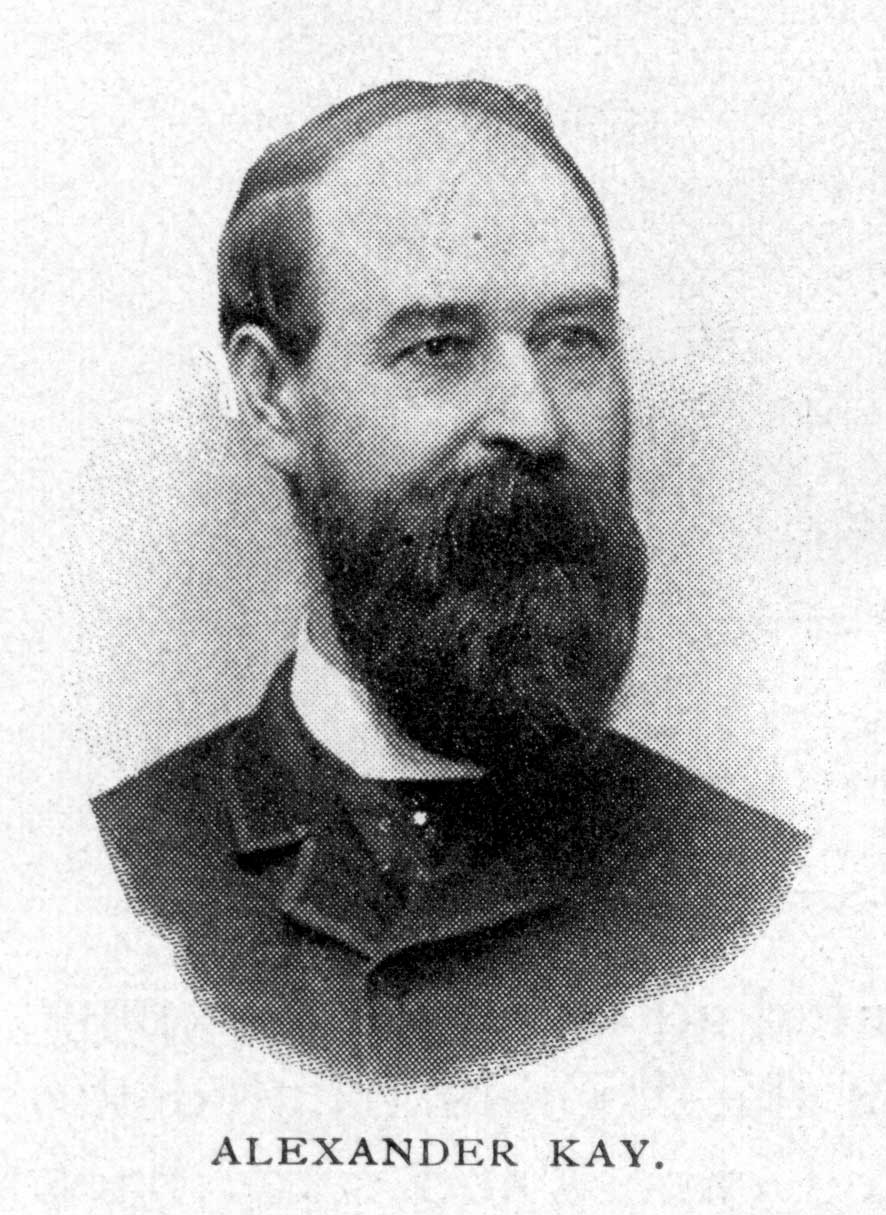
file name: Alexander Kay
| | |
|
Luc Devroye ⦿ School of Computer Science ⦿ McGill University Montreal, Canada H3A 2K6 ⦿ lucdevroye@gmail.com ⦿ https://luc.devroye.org ⦿ https://luc.devroye.org/fonts.html |


